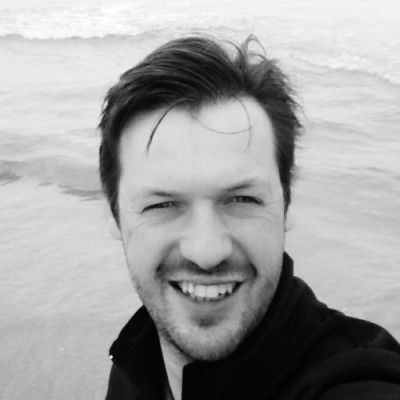

Robert Bittl has studied physics at Technische Universität (TU) München (Germany) up to the
doctorate (1988) working on the theory of stochastically modulated magnetic field dependent doublet
pair spin dynamics. After a short stay at the University of Illinois at Urbana-Champaign (US) he
worked as a postdoctoral researcher at Universität Stuttgart (Germany) on the electron paramagnetic
resonance (EPR) spectroscopic detection of zero-quantum coherences after electron transfer in
photosynthetic systems. This was initially theoretical work which led over to experiments at TU
Berlin (Germany). There, he obtained the habilitation (1997) with work on time-resolved EPR to
cofactor geometries in photosystems, in particular distances between cofactors.
Since 2001, he is professor for experimental physics at Freie Universität Berlin and applies a range
of EPR spectroscopic methods to a variety of different problems in biological, chemical, materials,
and medical physics. The methods include less-common variants e.g. electrically detected magnetic
resonance and synchrotron-based frequency domain Fourier transform EPR. Examples for studied systems
are blue-light photoreceptors, (catalytic) multi-nuclear metal centers, (in)organic photovoltaics
materials, and Gadolinium-based magnetic resonance imaging contrast agents. More recently, he became
interested in the chiral-induced spin selectivity effect, in particular its study by EPR methods on
photo-induced donor-acceptor systems.
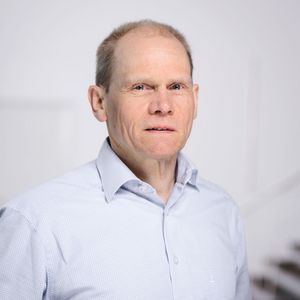
Gunnar Jeschke studied chemistry at Technical University Dresden and graduated in 1992 with a thesis
on analysis of sideband patterns in 31P solid-state NMR. Further stages were work on magnetic field
effects on chemical reactions at RIKEN (Wako-shi, Japan), a doctoral thesis on new concepts in
solid-state pulsed EPR (ETH Zürich, Switzerland 1996), solid-state NMR on inorganic materials
(University of Bonn, Germany, 1997), and EPR studies on synthetic polymers and membrane proteins at
MPI for Polymer Research (Mainz, Germany). Following appointment as full professor for physical
chemistry at University of Konstanz (Germany) in 2006, he returned to ETH Zürich in 2008 as Full
Professor for Electron Spin Resonance.
His research interests range from spin dynamics via EPR instrumentation to biophysics. Application
work focuses on RNA-binding proteins and heterogeneous catalysis, while fundamental work focuses on
electron spin decoherence due to the nuclear spin bath and ensemble structure determination of
partially ordered proteins.

Maxie Rӧßler is an Associate Professor in Chemistry and Director of the Centre of Pulse EPR
spectroscopy (PEPR) at Imperial, London. She completed her DPhil with Prof. Fraser Armstrong FRS at
the University of Oxford in 2012, took up a lectureship at Queen Mary University of London in 2013
and moved to Imperial in 2019, where she built up PEPR.
In her research she seeks to understand and exploit electron transfer reactions in chemical and
biological systems. Her group combines EPR spectroscopy with electrochemistry, biochemistry and
material science and has been developing film-electrochemical EPR spectroscopy as a new tool to gain
mechanistic insights into complex metalloenzymes and electrocatalysts.
Recent awards include the Royal Society of Chemistry Joseph Black Prize (2024), the Imperial
President’s Medal for Excellence in Research (2023) and the European Bioinorganic Chemistry Medal
(2022).
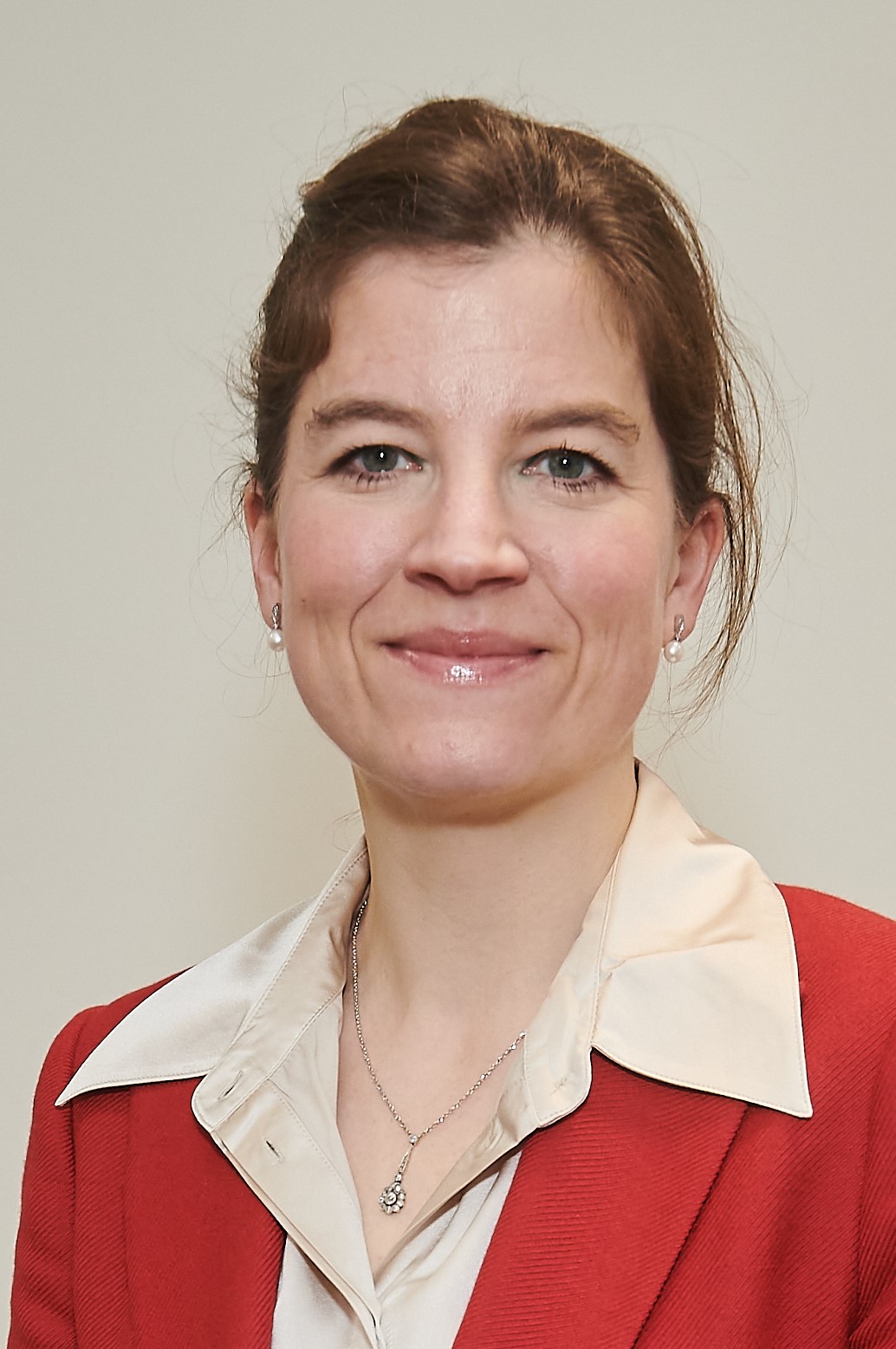
Throughout her career, Sabine Van Doorslaer has been working at the interface between chemistry and
(bio)physics. After obtaining a Master in Chemistry (1991), Master in Physics (1992) and PhD in
Physics (1996) at Ghent University (BE), she worked as a postdoctoral researcher at ETH Zurich (CH)
in the lab of Arthur Schweiger, till she was appointed as a professor at the University of Antwerp
(BE) in 2002. From 2008-2024, she was also a guest professor at the University of Hasselt (BE).
Her research is focussed on the development and application of EPR, with an emphasis on hyperfine
spectroscopy. The EPR techniques are, where necessary, complemented with optical techniques and
quantum-chemical methods. Her research group focusses on the characterization of a wide range of
(bio)materials, including metalloproteins, homogeneous and heterogeneous catalysts and hybrid
materials for applications in (bio)sensing, catalysis, membranes and organic (photo)voltaics. In
2018, she received the Bruker Prize granted by the ESR Spectroscopy Interest Group of the Royal
Society of Chemistry.
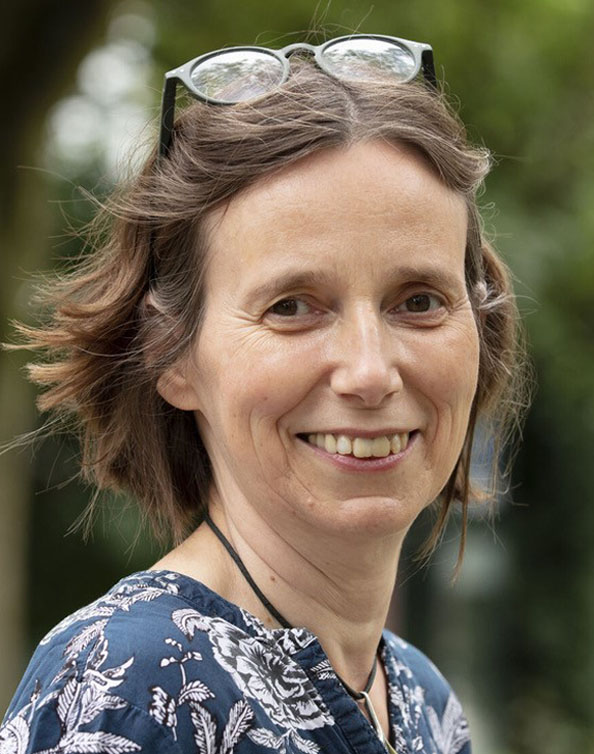
My major interest is developing imaging methodology approach for studying tumor microenvironment.
Electron Paramagnetic Resonance (EPR) oximetry, together with other tumor microenvironment
parameters, such as oxidative stress, redox status, pH, allow broader approach to noninvasive
studies of the tumor microenvironment. Tissue pO2 and hypoxia are our main focus. For example, we
have shown that both hypoxia and vasculature play a role in tumor response to photodynamic therapy
(Krzykawska et al., 2014), the role of vasculature changes in tumor tissue perfusion (Drzal et al.,
MRI 2022), or changes in the structure and function of the vasculature of tumors growing in the eye
(Leszczynski et al., 2018). We also develop image analysis methods, such as co-registration of
images acquired using different modalities (Gonet et al., 2019, Dziurman et al., 2025).
Today in our lab, we use EPR for pO2 determination, ultrasound for tissue structure, color Doppler
ultrasound for blood flow, DCE-US and DCE-MRI for tissue perfusion, luminesce in vivo for metastasis
development, and CT for tissue structure and metastasis. Recently, we have obtained optoacoustics
imager, allowing the blood saturation measurements, as well as spatial distribution of collagen,
melanin and other molecules. These noninvasive modalities are combined with molecular biology,
confocal microscopy, and histology. Such a methodological approach allows us to study complex
interactions within the tumor microenvironment and its role in tumor resistance to therapies. Our
goal is to find out how the physical parameters of the tumor microenvironment, such as intratumoral
pressure, perfusion, and pO2, interact with the biological factors and whether it is possible to
modify these factors to achieve more effective antitumor therapies.
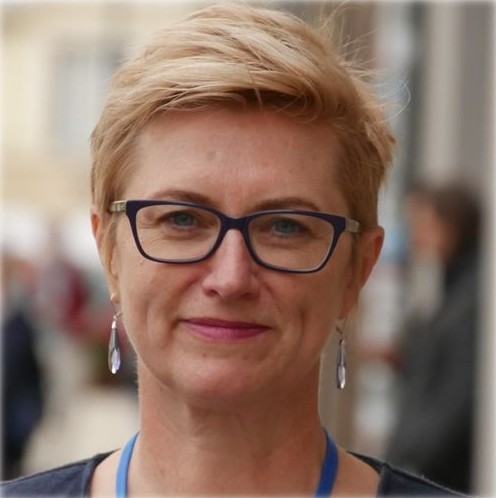
Professor Ilya Kuprov (Weizmann Institute of Science) is a specialist in theoretical modelling of spin dynamics and the principal author of Spinach software package that covers the whole of magnetic resonance spectroscopy and imaging. He has published over 120 papers and a book, mostly on theoretical and computational aspects of spin dynamics, and maintains a Magnetic Resonance education portal (https://spindynamics.org) with 100+ hours of lecture videos and 400+ pages of handouts. IK is also the physical sciences Editor at Science Advances, the open-access branch of the Science magazine.
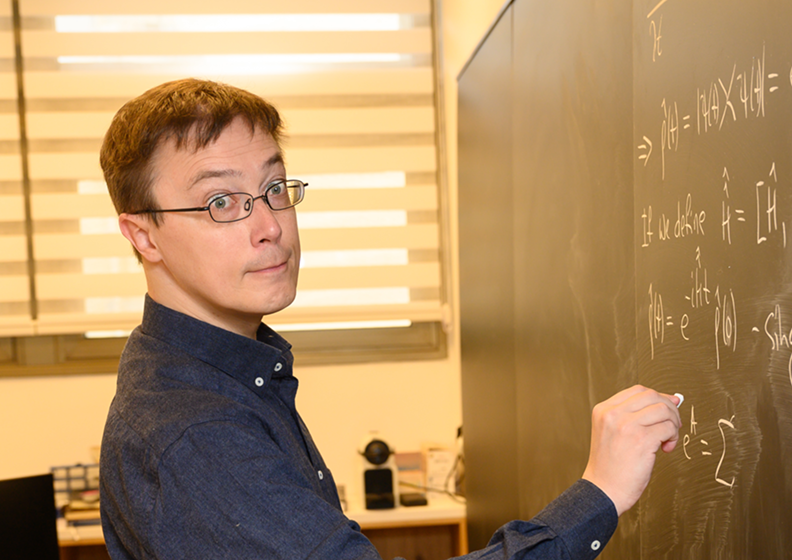
Alessandro obtained a Ph.D. in computational inorganic chemistry in 2016 from the University of
Florence. His Ph.D. dissertation focused on the computational and theoretical investigation of
molecular magnets and their interaction with typical solid-state environments. In 2016 he joined the
School of Physics at Trinity College Dublin as a research fellow and started working on
machine-learning methods for the design of new molecular materials and first-principles theory for
spin relaxation in magnetic molecules. In 2020 he was awarded a European Research Council Starting
Grant, in 2021 he was appointed as Assistant Professor in Physics at Trinity College Dublin, and
received tenure in 2025.
Alessandro’s group develops ab initio multi-scale computational strategies for the design of spin
systems of interest for quantum science, magnetic resonance, spintronics and many other fields. In
particular, he has developed a first-principle theory of spin relaxation able to make quantitative
predictions for crystals of magnetic molecules and solid-state defects. Moreover, his group is
spearheading the development of machine learning methods for the automatic design of magnetic
molecules.
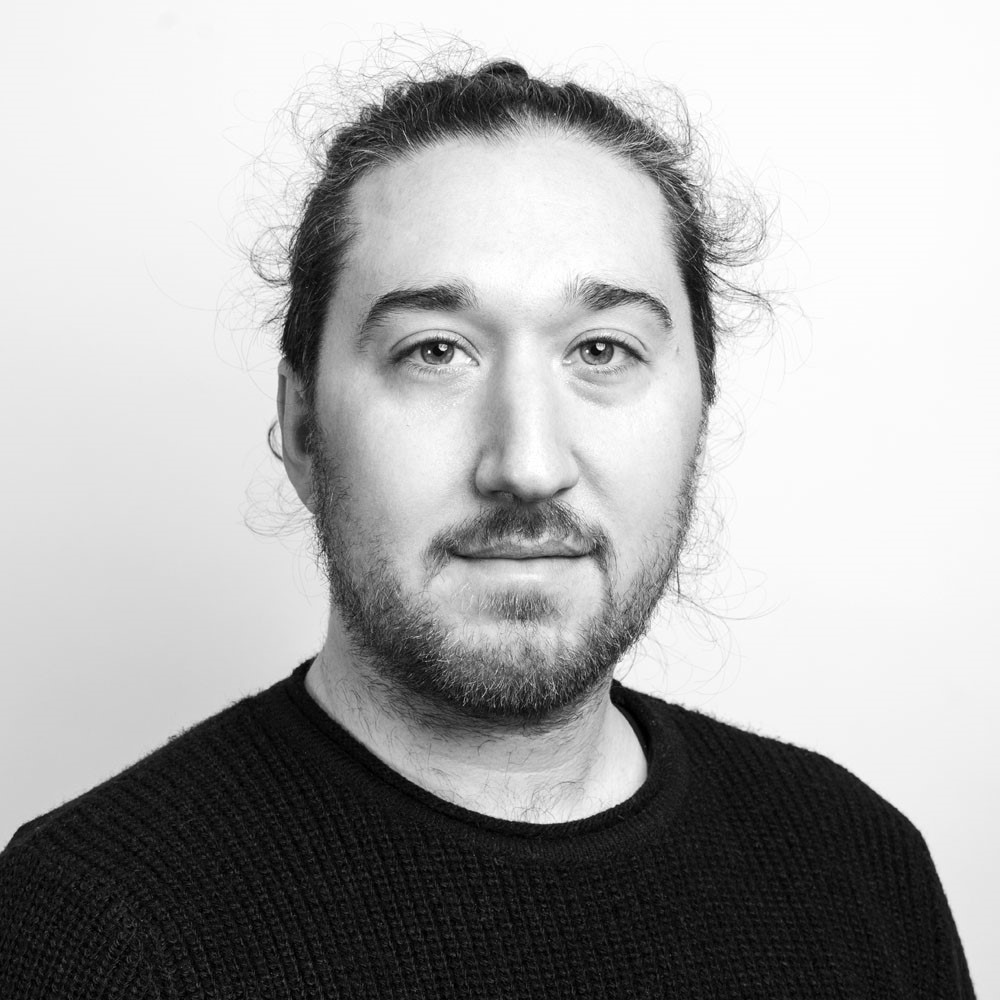
Stephen Hill currently holds the title of Distinguished Research Professor at Florida State
University (FSU) with a primary appointment in the Department of Physics and an affiliated
appointment in Chemistry and Biochemistry. He also serves as Quantum Chief Scientist at the United
States National High Magnetic Field Laboratory (NHMFL). Hill previously held faculty positions at
Montana State University and the University of Florida before moving back to FSU in 2008. Hill
received both his Bachelors and Ph.D. degrees from the University of Oxford in the United Kingdom.
He has over 30 years of experience performing microwave and far-infrared magneto-optical
spectroscopy of materials in high magnetic fields, using a wide array of compact radiation sources
and measurement techniques. Through this work, he has gained an international reputation in the
spectroscopy of low-dimensional conducting, superconducting and magnetic systems in high magnetic
fields, including significant technique development. Hill’s recent research has focused on
fundamental studies of quantum phenomena in molecule-based magnets, as well as structure property
relationships in a variety of inorganic coordination compounds.
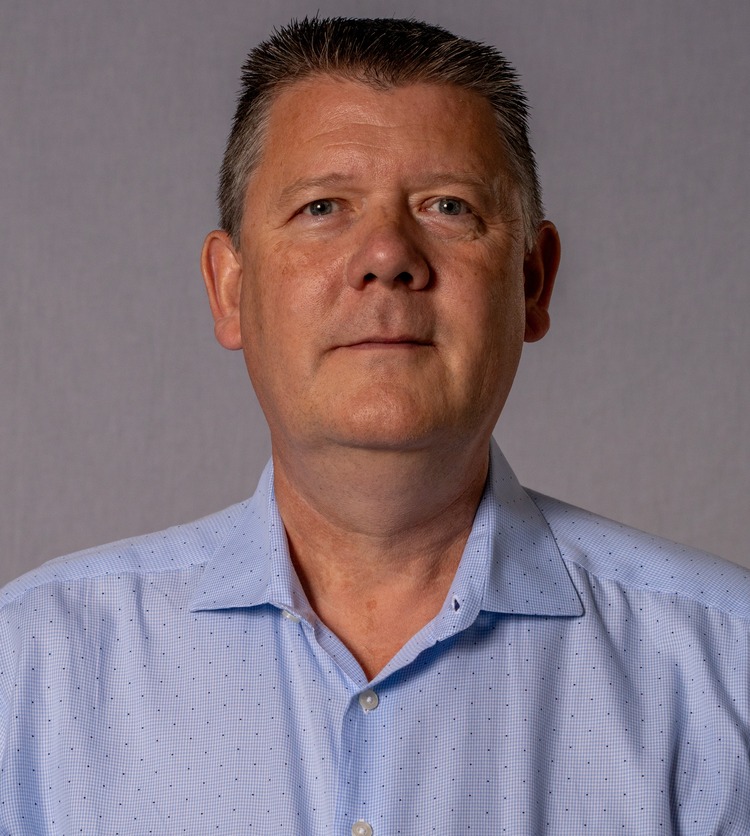
Dr Athanassios Boudalis is a CNRS Senior Researcher at the Institute of Chemistry in Strasbourg, a
joint research infrastructure between the French CNRS and the University of Strasbourg. He obtained
his Diploma in Chemistry from the National Kapodistrian University of Athens (Greece) and his PhD in
Inorganic Chemistry from the University of Patras (Greece). His PhD work involved an extended stay
at the Laboratoire de Chimie de Coordination du CNRS in Toulouse (France). Subsequently, he carried
out post-doctoral studies at the Institute of Materials Chemistry at the NCSR "Demokritos" in
Greece. After working in the private sector, he continued his research as a postdoctoral fellow at
Florida International University (USA). He returned to Europe under a Marie Curie fellowship at the
Institute of Chemistry in Strasbourg. He then worked at the IPCMS (Strasbourg) and at the Karlsruhe
Institute for Technology (Germany), before joining the CNRS.
His research revolves around EPR spectroscopy and its application in the study of magnetic
molecules. Among other things, he is interested in different experimental setups involving
combinations of magnetic and electric fields in the study of magnetoelectricity in various types of
materials. Such an example is half-integer-spin triangles, a family of molecules that can combine
magnetoelectricity with spin chirality.
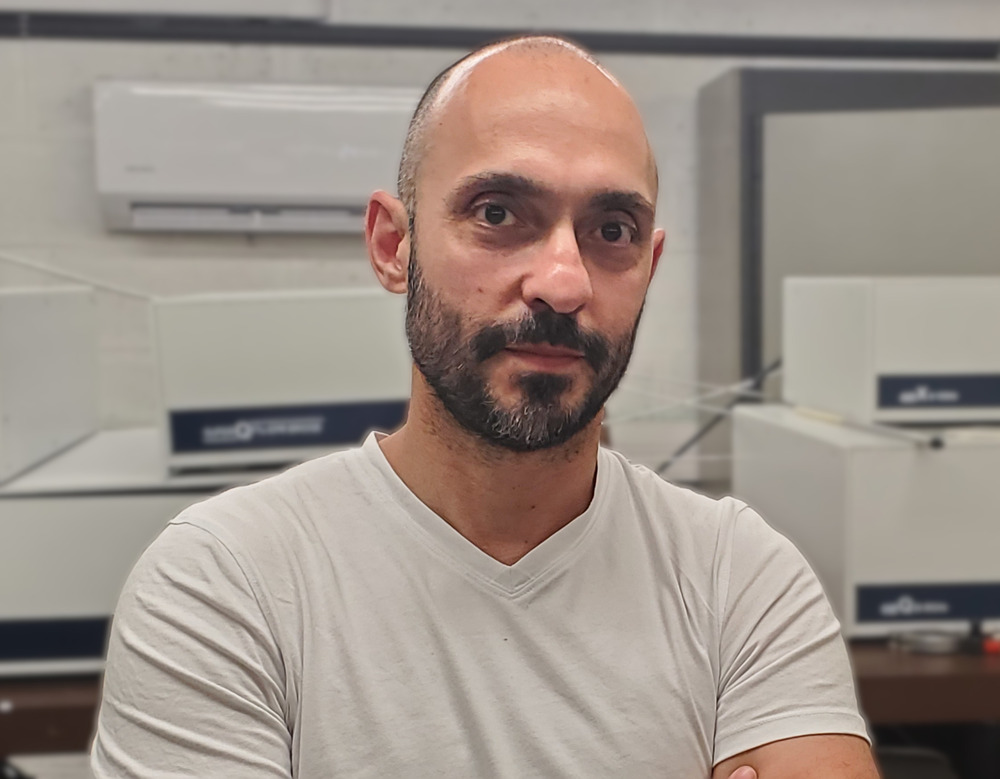
Fernando Luis is a CSIC research professor at the Institute of Nano and Materials Science (INMA) in Zaragoza, Spain. His work has focussed on studying quantum phenomena that magnetic nanomaterials, and in particular magnetic molecules, exhibit near absolute zero. Currently, he leads INMA’s experimental activity in the field of quantum technologies that aims to develop a hybrid quantum processor based on molecular spin qudits coupled to, and through, superconducting circuits as well as to develop high-sensitivity on-chip magnetic resonance based on the same experimental platform.

Susanne Mossin obtained a PhD in Inorganic Chemistry at the University of Copenhagen before joining
the group of Karsten Meyer at the Friedrich-Alexander University of Erlangen-Nuremberg as a postdoc.
In 2010 she received the Young Elite Investigator Award of the Danish Research Council and was
appointed Assistant Professor at the Technical University of Denmark.
Her research focuses on elucidation of electronic structure in transition metal compounds and
developing in-situ and operando EPR methodologies for application on heterogeneous catalysts.
Now as full Professor, her group is investigating transition metal centres in porous materials as
well as other materials for environmental catalysis and sustainable chemistry. They combine in-situ
EPR as well as other spectroscopic methods and materials characterisation methods for the
elucidation of reaction mechanisms, deactivation pathways and electronic structure with focus on
industrially relevant systems for environmental catalysis and sustainable chemistry.
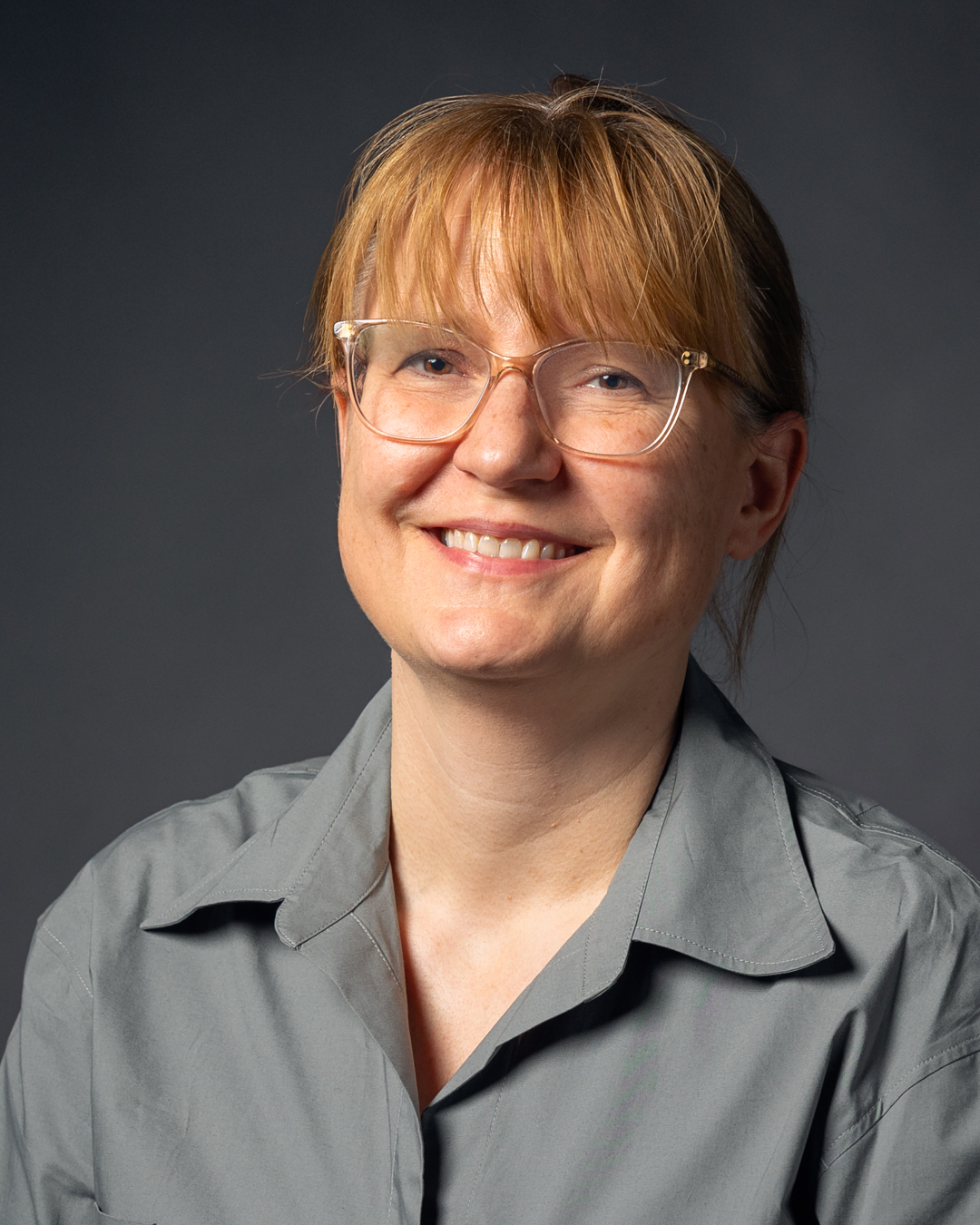
Dr. Angeliki Giannouli obtained her Diploma and MSc in Chemistry from the University of Ioannina,
Greece, specializing in bioinorganic chemistry. She then completed her PhD at the University of St
Andrews, UK, where she focused on EPR studies of inorganic complexes and organic radicals. Following
her doctoral studies, she joined the Weizmann Institute of Science (WIS), Israel, as a Postdoctoral
Fellow and later as a Senior Postdoctoral Fellow, investigating protein conformations in vitro and
in mammalian cells using spin-labeling and EPR techniques. She then held a Staff Scientist position
at WIS, where she worked on NMR and DNP methodologies. She has been a visiting scientist at the
University of Frankfurt, the United States National High Magnetic Field Laboratory (NHMFL) and the
CNRS in Marseille. She is an active member of several professional societies and organizations,
including the Royal Society of Chemistry (MRSC).
Currently, Dr. Giannouli is an Assistant Professor of Biochemistry at the University of Crete,
Greece. Her research focuses on the structural and biochemical characterization of chaperones and
enzymes using EPR and complementary biophysical methods, as well as on developing synthetic biology
approaches to exploit biomolecular condensates for whole-cell encapsulation.
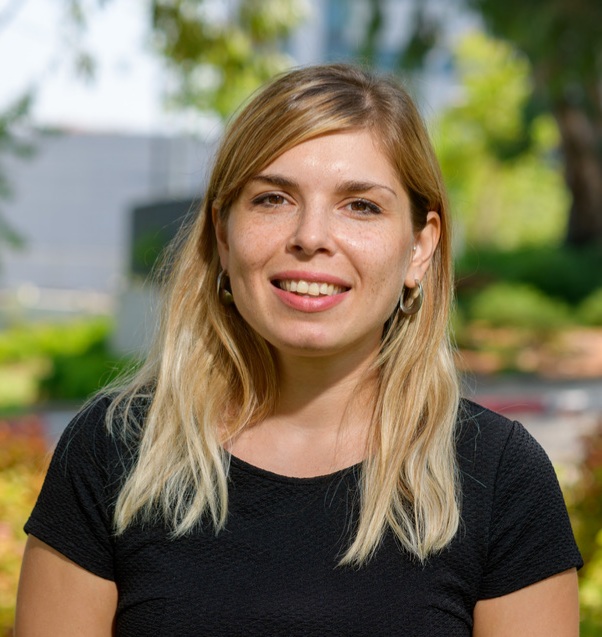
Dr. James Eills is Helmholtz Young Investigator Group Leader at Forschungszentrum Jülich, Germany, where he leads the Hyperpolarization Methods Lab in the Institute of Structural Biochemistry. He studied chemistry at the University of Southampton and carried out his Masters research project at UC Berkeley. He completed his PhD at Southampton on parahydrogen-enhanced NMR. Following postdoctoral research positions at JGU Mainz and IBEC Barcelona, he established his independent research group in Jülich in 2024. His research group focuses on nuclear spin hyperpolarization methods that combine chemistry and physics to create spin-polarized molecules for applications in NMR and MRI. Current work explores new approaches using parahydrogen-induced polarization, spin relaxation, and applications ranging from zero- and ultralow-field NMR to metabolic imaging.
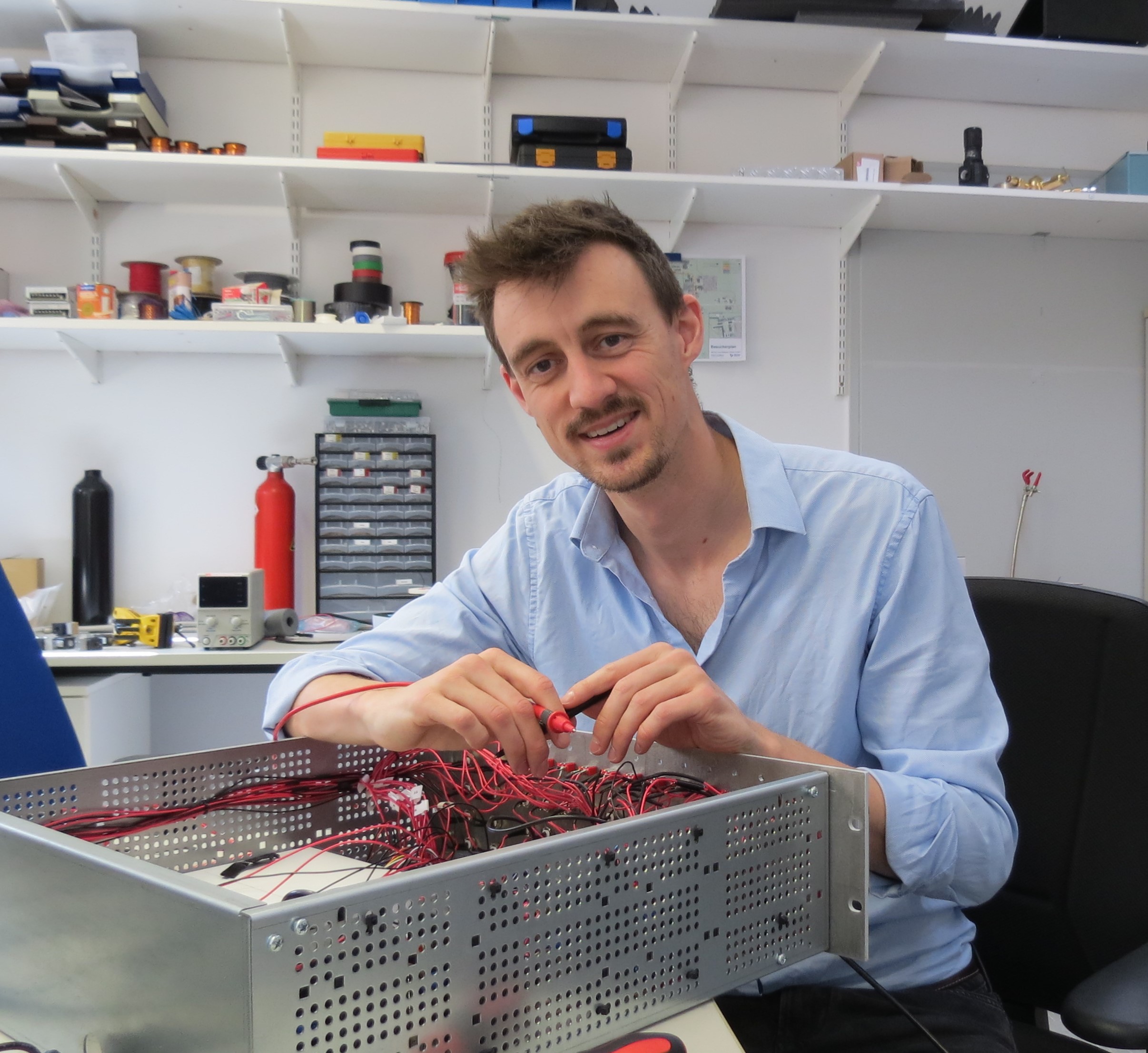
Sabine Richert is a full professor of chemistry at University of Ulm in Germany. She studied Chemistry
at the TU Graz before joining the group of Prof. E. Vauthey in Geneva, where she worked on
femtosecond laser spectroscopy. Her doctorate was carried out in the group of Prof. C. Timmel at the
University of Oxford, where she was introduced to modern pulse EPR techniques.
Currently, her group is working at the interface between physics, chemistry and materials science,
exploring spin communication in photogenerated multi-spin systems for applications in molecular
spintronics. She employs different spectroscopic techniques to study the optical and magnetic
properties of the species formed after light-excitation and combines the results with insights from
quantum chemical calculations.
She was awarded the Young Investigator Award of the International EPR/ESR Society in 2020 and the
prestigious Heinz-Maier-Leibnitz of the German Research Foundation in 2023.
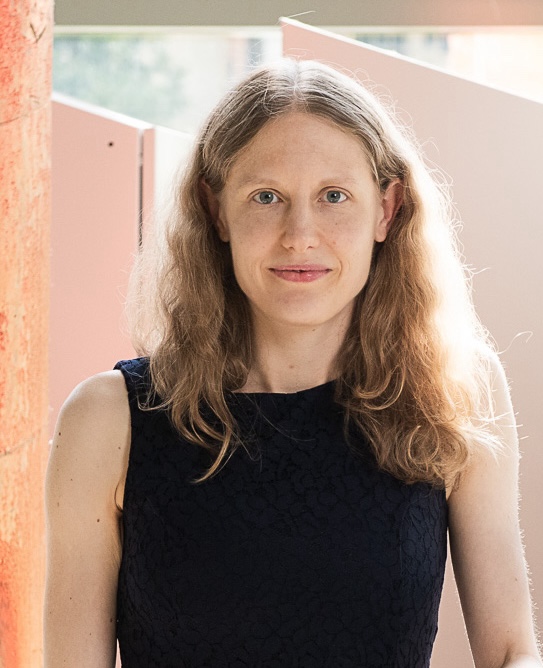
Petr Kostelník received his masters and Ph.D. degrees from the Faculty of Mechanical Engineering, Brno university of Technology in 2003 and 2009, respectively. In 2008 he has joined ON Semiconductor (now onsemi) as the Material Science Engineer with focus on the development of silicon epitaxial processes. He has since expanded his expertise in the research and development of Silicon-on-Insulator wafers, GaN-on-Si epitaxy and SiC wafer manufacturing technologies. In 2023 he assumed the role of the Manager of the Material Science engineering group at the Rožnov pod Radhoštěm onsemi site.
